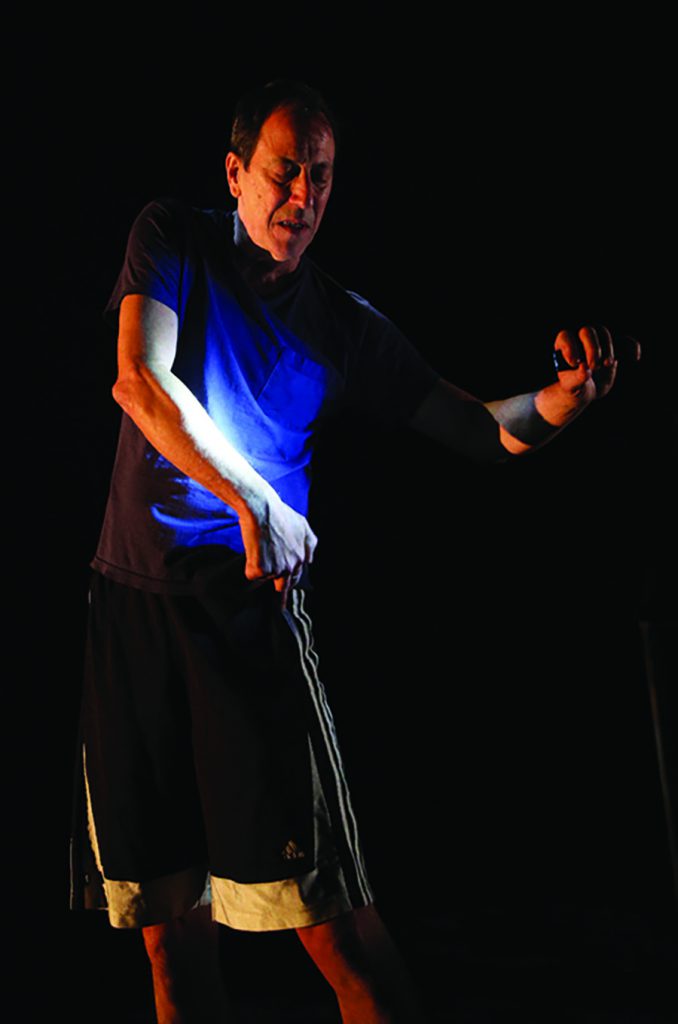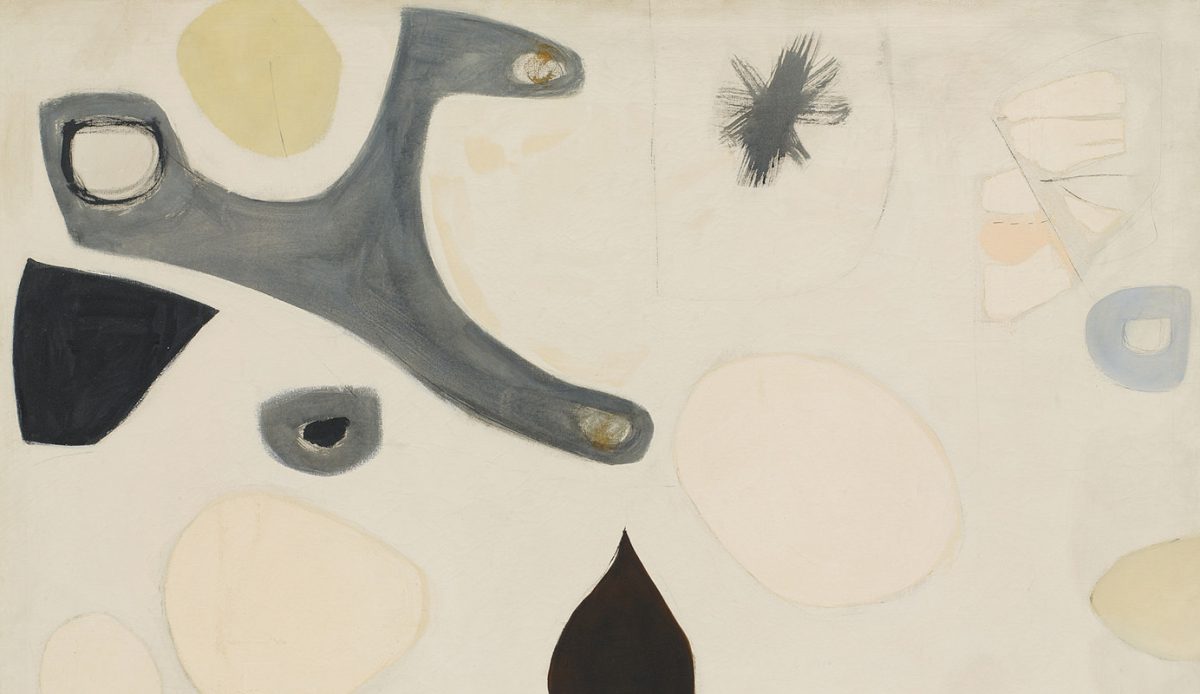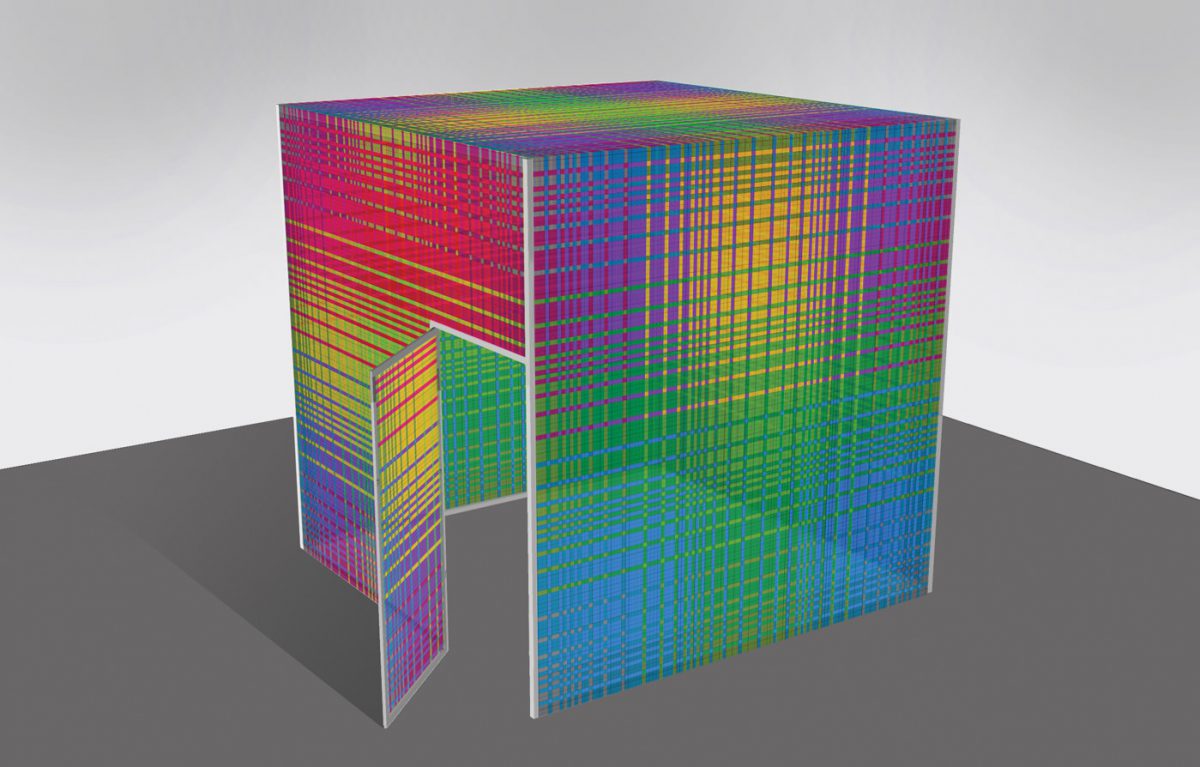REDCAT
(October 22-25, 2015)
Photos: Rafael Hernandez

Images from John Fleck’s Blacktop Highway – Rafael Hernandez
Cinema has been the 20th century’s big screen mirror, a mirror in which we have played out our aspirations and ambitions, fantasies and follies, transgressions and terrors. It has afforded us the opportunity to lose ourselves in the spectacle, to briefly slip out of our own skins into someone else’s so that our collective and individual past, present, and futures collide and coalesce.
Yet there is still something about the shared experience of live theater that cannot be duplicated. The transaction that occurs between performers and audiences, as well as within the collective body in that darkened enclosed space and time, is irreplaceable. It is one of immediacy and vulnerability, and is never the same twice. There is always the possibility of failure, as well as of something magical, even transcendent.
In his latest work, Blacktop Highway, John Fleck pits theater and cinema against each other in a dialectical tennis match between text and image, deconstructing themselves and each other. In a virtuoso solo performance, Fleck plays all the parts—screenwriter, narrator, commentator/critic, and all characters, both human and animal—in this “live” movie, masterfully volleying back and forth between his on-stage acting and film projections on three screens.
The vehicle for Fleck’s frequently hilarious theatrics is the horror film, and he employs all the tropes of the genre and then some. His probing into the vilest depravities of the human psyche is set within a distinctly American landscape both filmic and real, and he makes full use of a quote from master of the form, Stephen King: “I believe the artistic value the horror film most frequently offers is its ability to form a liaison between our fantasy fears and our real fears.”
Described by “screenwriter” Fleck in a “noir” inflected voice, the story begins with an auto accident on a deserted blacktop highway in the dead of night, in which the stranded driver, “an attractive man with a briefcase,” approaches a rambling ruin of a house in the woods, with a sign out front that says, “Taxidermist.” From there on, it progresses from one horrifying scenario to the next, as we meet Jane, a crazed old woman, her violent twin brother Frank, and the product of their incest, a caged, monstrously deformed creature, plus the specter of their abusive, Bible-thumping father and numerous animals both dead and alive. All are brought to life, as it were, by Fleck’s hooting, squawking, grunting sound effects, operatic histrionics, gender-bending vocal dialogs, and descriptive narration. No sin is left out of this cesspool of illicit sex, lust, greed, gluttony, bestiality, scalping, and torture. At the same time, Fleck delivers his story as parody, with a knowing dash of campy exaggeration to ease the discomfort of the transgressions.
Intercut into the stage antics are several satiric film sequences of Fleck as a pretentious academic spouting postmodern theory à la Foucault and Baudrillard (with a sprinkle of Lacanian psychoanalysis), posited as critical commentary on the performance—the perfect counterpoint, reminding us that, decades later, art professors are still feeding postmodern theory to students. Only now, most of them don’t get it, as all life, without distinction, has become a mediated “simulacrum” for teacher and student alike.
What holds it all together is Fleck’s brilliant use of cinematic montage structure, i.e., a literal translation of long shots (a little model car runs down the double white stripe of his black pant leg), medium shots, and close-ups (Jane’s spotlit hand opening the door), reverse angle shots, zooms, pans, etc.—in his use of props and lighting. Credit also goes to lighting design by Vortex Lighting, and to director Randee Trabitz.
Blacktop Highway cleverly imbeds media critique in deconstructed staging, thus allowing us to laugh and cringe at the same time, just as the horror film allows us to indulge in the catharsis of vicarious terror —“the liaison between our fantasy fears and our real fears”— without consequences. At the end, Fleck breaks out of character and addresses the audience as himself, reminding us of the importance of live theater in this age of mediated experience.

Images from John Fleck’s Blacktop Highway – Rafael Hernandez









